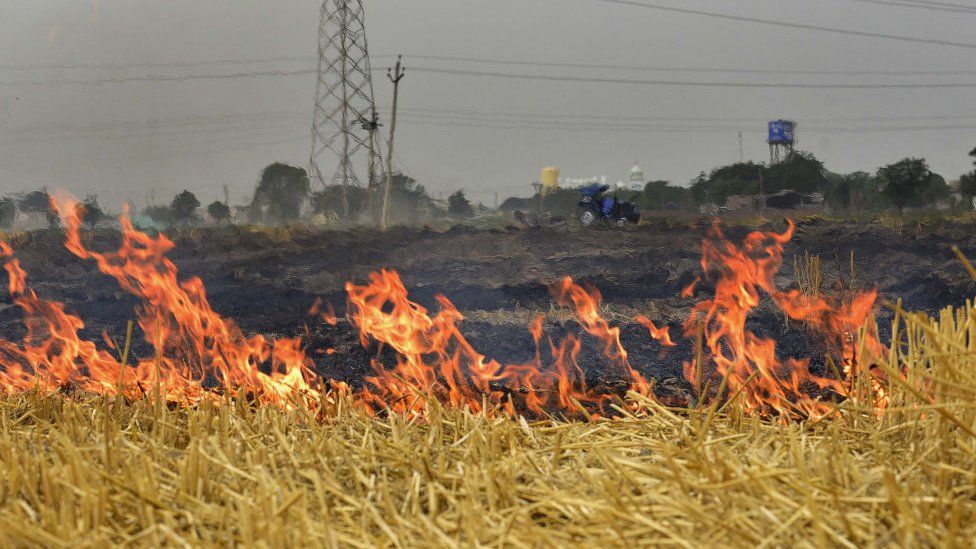



Article by: Hari Yellina
Farmers in the UK have looked to their Australian counterparts for fire mitigation and prevention techniques after facing fires and extremely hot and windy weather during grain harvest. Standing wheat and barley harvests, which were projected to produce more than 8 tonnes per hectare, were burned in some parts of the UK earlier this week as the mercury went past 40 degrees Celsius for the first time ever. High temperatures and a high risk of wildfires are not unusual for Australian growers, but they are unprecedented for farmers like Tom Martin, who operates a farm in Cambridgeshire, north of London. “It’s been fantastic for us,” he remarked. The combination of the heat and the winds’ 30 kph speed has made it extremely dangerous and alarming for many farmers.
When they believed there was a high risk of fire, several farmers, according to Mr. Martin, voluntarily ceased harvesting and moving equipment across paddocks. However, he said that the UK lacked any measures comparable to Australia’s harvest ban system, which requires farmers to cease harvesting if the weather is deemed to be too hazardous. The circumstances are extraordinary for us, he added. “In normal years we are continuously attentive for fires, I drive our header, I’m constantly searching for fire on the machine and on the horizon.” According to Mr. Martin, one of his employees had firsthand experience with a West Australian harvest, and on their farm, they had been using Australian methods to reduce the risk of fire by, for example, keeping water on standby in paddocks where machinery was present.
Most of the burning crops, according to Mr. Martin, were unharvested grains. Accordingly, many of the fields have standing winter wheat. “We have winter wheat ahead of us,” he remarked. “Our usual yields are 8 to 9 tonnes per hectare, so a fire that burnt through that would result in a significant loss. “But to be honest, because of how crowded we are, we worry more about casualties and damage to property. So, while we do lose yield during fires, we are never farther than a mile (1.6 kilometres) from a home.”